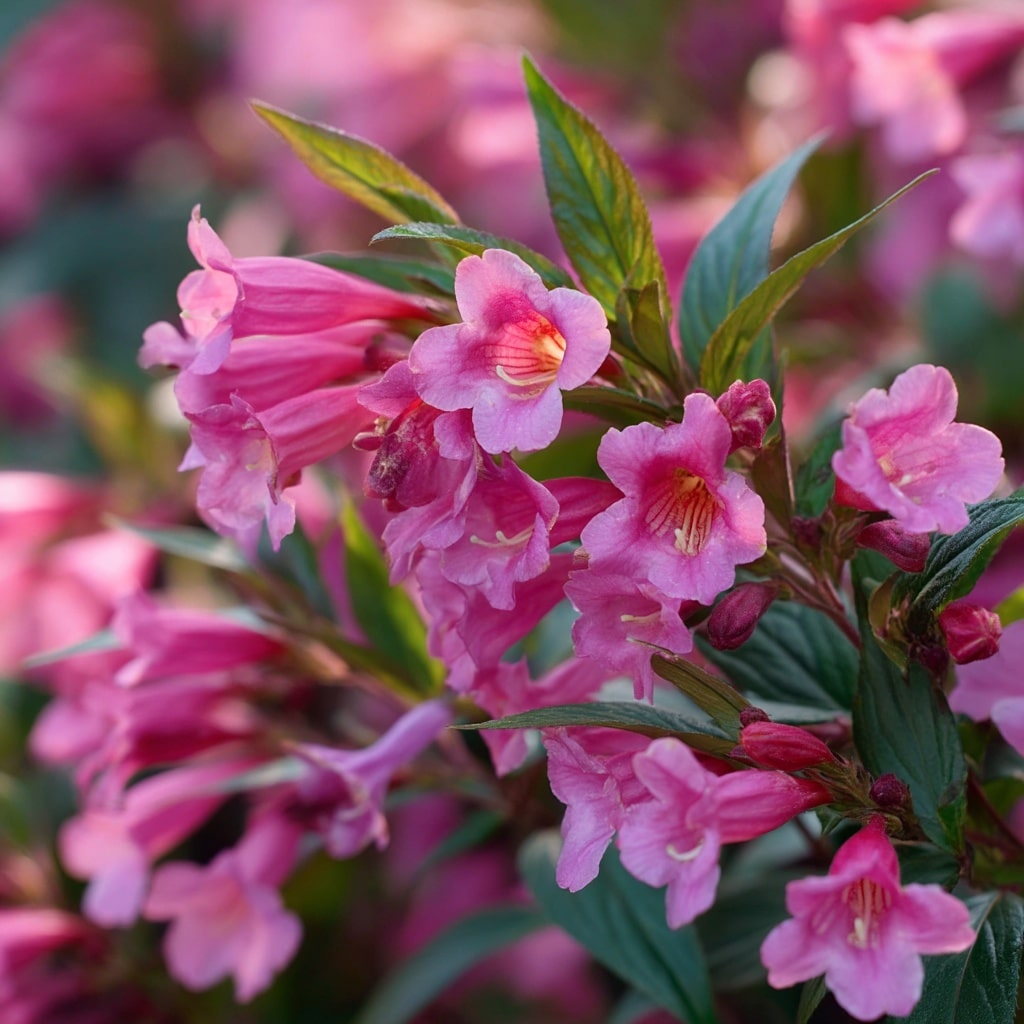Deer resistant plants are a must-have for gardeners who love their landscapes but live in areas where deer roam freely. Few things are more frustrating than waking up to find your carefully tended flowers nibbled down to stems. While no plant is completely deer-proof, many varieties are naturally unappealing to deer thanks to their scent, texture, or taste. Adding these plants to your garden not only enhances its beauty but also helps protect your efforts from becoming a late-night snack.
In this guide, we’ll walk through 15 of the best deer resistant plants that thrive in different growing conditions—from sun-loving perennials to shade-tolerant groundcovers. These options aren’t just unappetizing to deer—they’re also attractive to pollinators, easy to care for, and perfect for adding color and structure to your landscape.
Table of Contents
1. Weigela
A Colorful Shrub Deer Tend to Avoid
Weigela is a standout among deer resistant plants thanks to its vibrant blooms and dense shrub form. This flowering shrub bursts into color in late spring, attracting hummingbirds and pollinators with trumpet-shaped blossoms in shades of pink, red, or white. Despite its visual appeal to humans and beneficial insects, deer typically give weigela a pass.
The foliage can range from deep green to burgundy, adding even more interest to your garden beds. Many modern varieties are rebloomers, offering a second wave of color later in the summer. Weigela thrives in full sun and well-draining soil, making it an ideal choice for foundation plantings or as a flowering hedge.
2. Catmint

Aromatic and Hardy with Silvery Charm
Catmint is one of the most reliable deer resistant plants you can add to your landscape. With its soft, silver-green foliage and long-lasting purple flower spikes, this perennial offers both beauty and resilience. Deer tend to avoid catmint due to its subtle minty scent, which they find unappetizing.
In the garden, catmint forms a lovely, low-mounding shape that’s perfect along borders, walkways, or as a companion to roses. It’s drought-tolerant once established and grows well in a variety of soil types. Catmint begins blooming in early summer and continues for weeks, often with a second flush if trimmed back. Bonus: bees and butterflies love it, while deer stay away.
3. Bee Balm

Bold Blooms and a Scent Deer Dislike
Bee balm, also known as Monarda, is a vibrant perennial that’s prized for its frilly, firework-like flowers in shades of red, pink, and purple. It’s one of the best deer resistant plants for attracting pollinators like bees, butterflies, and hummingbirds, while naturally deterring deer with its strong, spicy-scented foliage.
This plant prefers full sun and moist, well-drained soil, though it can tolerate partial shade. Newer cultivars are bred to be more compact and mildew-resistant, making them ideal for smaller gardens or tidy borders. Plant bee balm in masses for a striking visual effect—and rest easy knowing deer will likely pass it by.
4. Lavender

Fragrant Beauty That Deer Tend to Avoid
Lavender is beloved for its soothing aroma and elegant purple blooms, and it also happens to be one of the most reliable deer resistant plants. Its fragrant oils and woody stems are unappealing to deer, making it a smart choice for perimeter planting or borders where browsing is a concern.
This Mediterranean native thrives in full sun and well-drained soil, and it performs especially well in dry, rocky conditions where other plants might struggle. Lavender’s silvery-green foliage offers year-round interest, and its summer flower spikes can be harvested for sachets, bouquets, or dried arrangements. Plant it in groups for maximum impact and a natural deer deterrent.
5. Heuchera

Foliage First, Flowers Second — And Deer Rarely Bother It
Heuchera, often called coral bells, is a foliage-focused perennial that brings color and texture to shady and partially sunny spots. Its vibrant leaves range from deep burgundy to lime green and even silvery tones—making it a visual standout in garden beds or containers. What makes it one of the more attractive deer resistant plants is its tough, slightly bitter foliage, which deer generally avoid.
While its flowers are small and dainty, rising on slender stalks in late spring or summer, the real show is the evergreen or semi-evergreen leaves that provide interest through multiple seasons. Heuchera also plays well with other shade plants like hostas or ferns, giving you design flexibility without the deer damage.
6. Spirea

A Tough, Colorful Shrub That Deer Skip Over
Spirea is a reliable, easy-care shrub known for its fluffy clusters of flowers and vibrant foliage—often in shades of gold, red, or green, depending on the variety. Despite its bright and inviting appearance, it’s one of the deer resistant plants that tends to be left alone by browsing wildlife.
This deciduous shrub blooms in late spring to summer, with some modern varieties offering a second flush of color later in the season. It thrives in full sun and adapts well to a range of soils, making it perfect for foundation plantings, borders, or even low hedges. With minimal pruning and high impact, spirea offers a lot of visual value without attracting unwanted nibblers.
7. Japanese Painted Fern
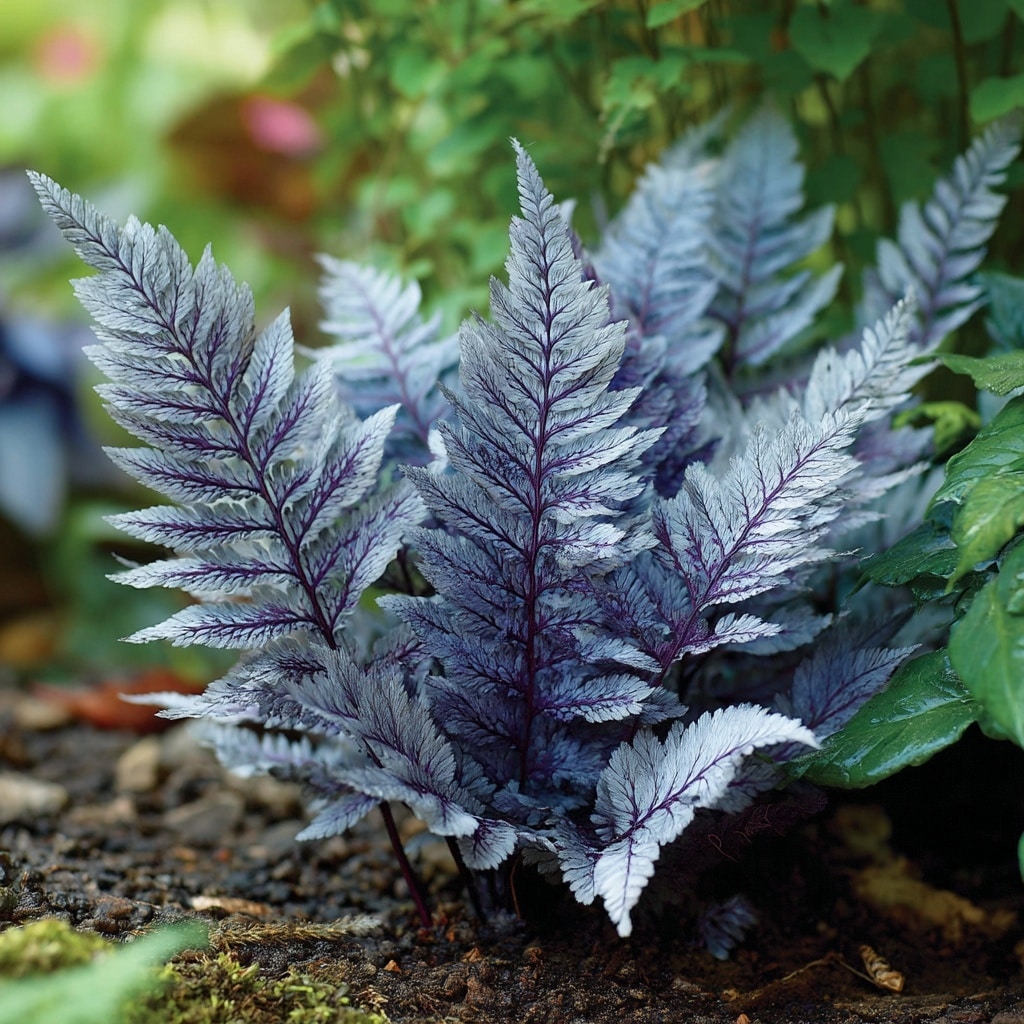
Elegant Texture for Shade Gardens—Without the Deer
If you’re looking to bring texture and subtle color to shady areas of your landscape, Japanese painted ferns are a top-tier choice among deer resistant plants. Their finely cut, silvery fronds with hints of burgundy or blue-green create a delicate, artistic appearance—hence the name.
Deer tend to avoid ferns in general, and this variety is particularly unappealing due to its fibrous, tough texture. Japanese painted ferns thrive in part to full shade and moist, well-drained soil. They’re low-maintenance and work wonderfully in mass plantings, woodland gardens, or as a refined filler around bolder plants. Plus, they return year after year with very little fuss.
8. Cranesbill (Perennial Geranium)
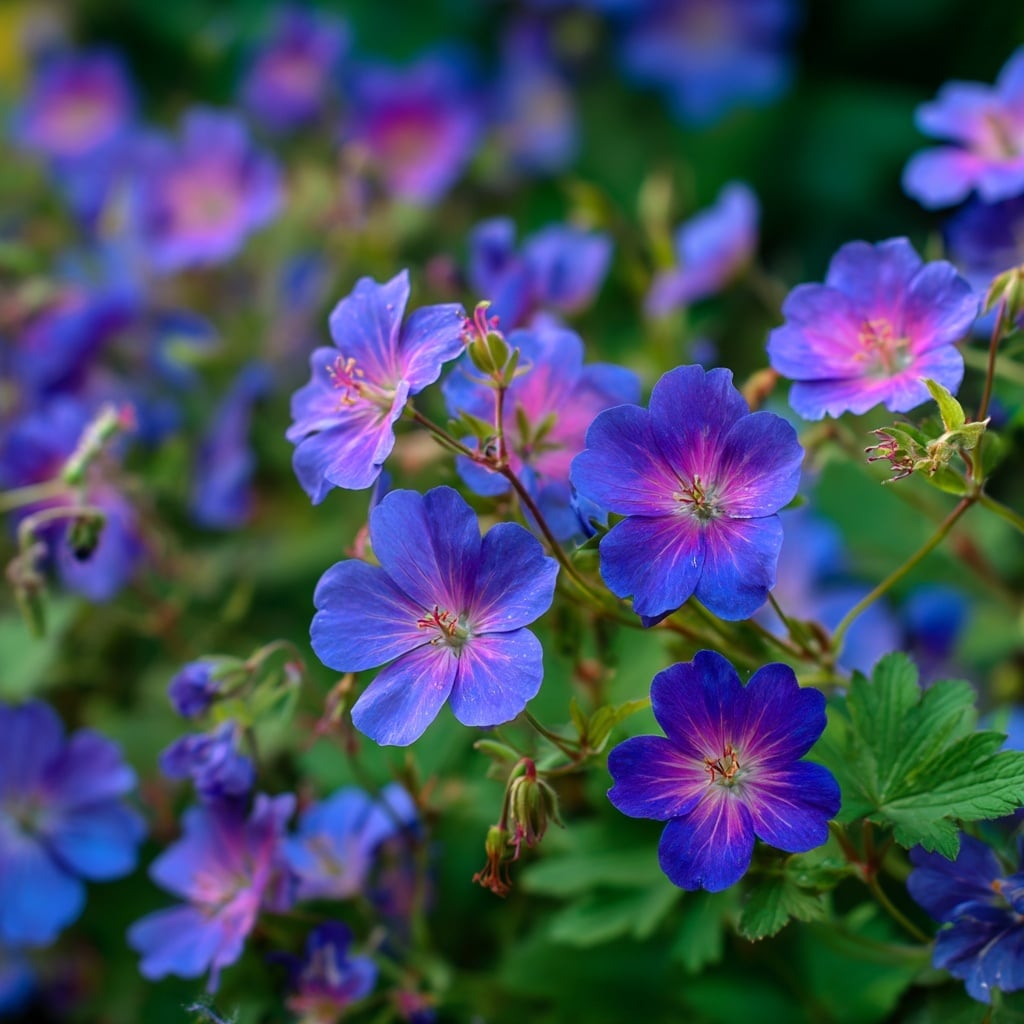
Hardy, Fragrant, and Rarely Touched by Deer
Cranesbill, also known as perennial geranium, is a cold-hardy workhorse in the garden. It produces delicate, five-petaled flowers in shades of blue, pink, or violet and features mounding, lobed foliage with a light, herbal scent. That scent—pleasant to humans but unappetizing to deer—makes it one of the more dependable deer resistant plants.
Cranesbill blooms in spring and often continues sporadically through the summer, especially if deadheaded regularly. It thrives in sun to partial shade and adapts well to a variety of soils, making it easy to tuck into borders, cottage gardens, or under taller shrubs. It’s also known for being low-maintenance and resistant to most pests.
9. Lantana
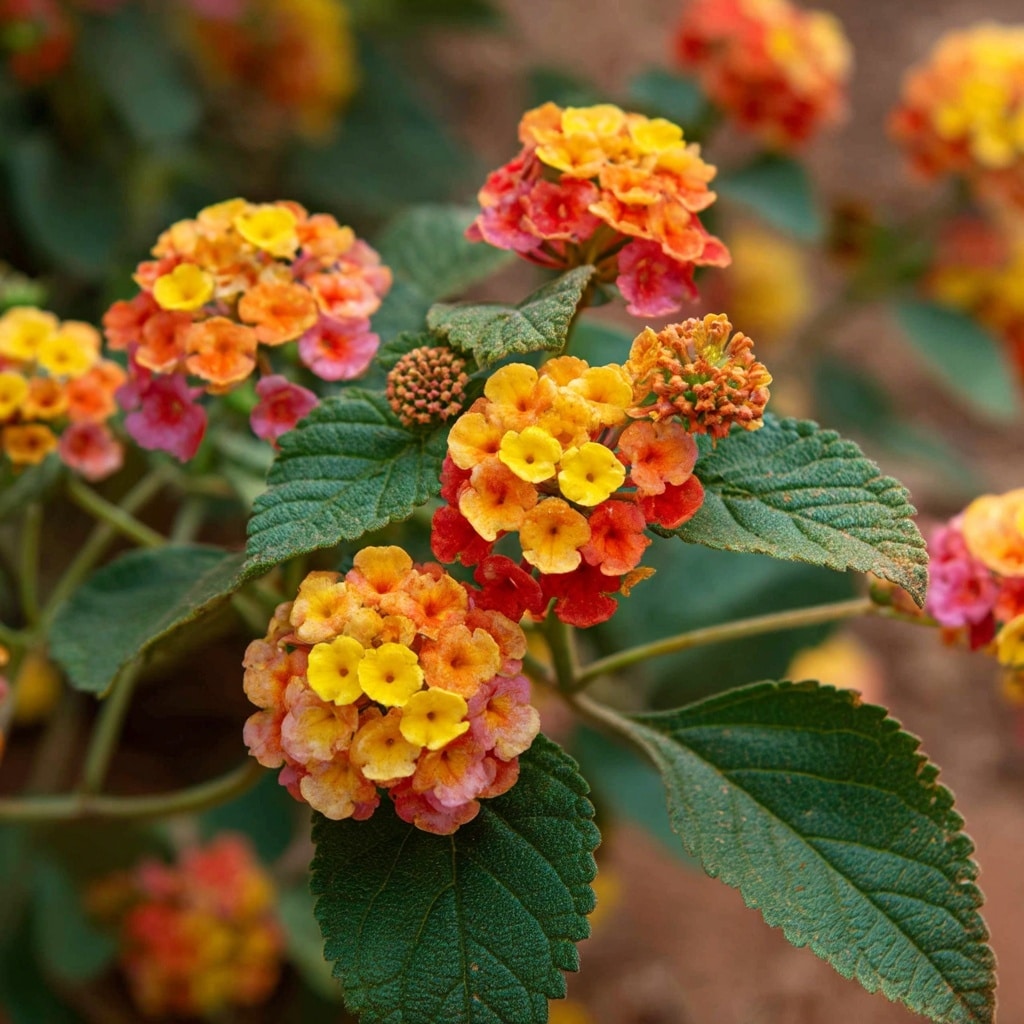
Tough, Bright, and Typically Left Untouched
Lantana is a sun-loving, heat-tolerant plant that bursts with clusters of small, multicolored flowers from late spring until frost. While butterflies can’t get enough of it, deer tend to steer clear, thanks to its slightly rough texture and pungent foliage. That combination of beauty and resilience earns lantana a well-deserved place on any list of deer resistant plants.
In warm climates, lantana behaves like a perennial; in colder zones, it’s often grown as an annual or in containers. It tolerates drought once established and thrives in hot, dry spots where many other plants struggle. Its trailing habit makes it a great choice for hanging baskets, garden beds, or spilling over retaining walls.
10. Dusty Miller
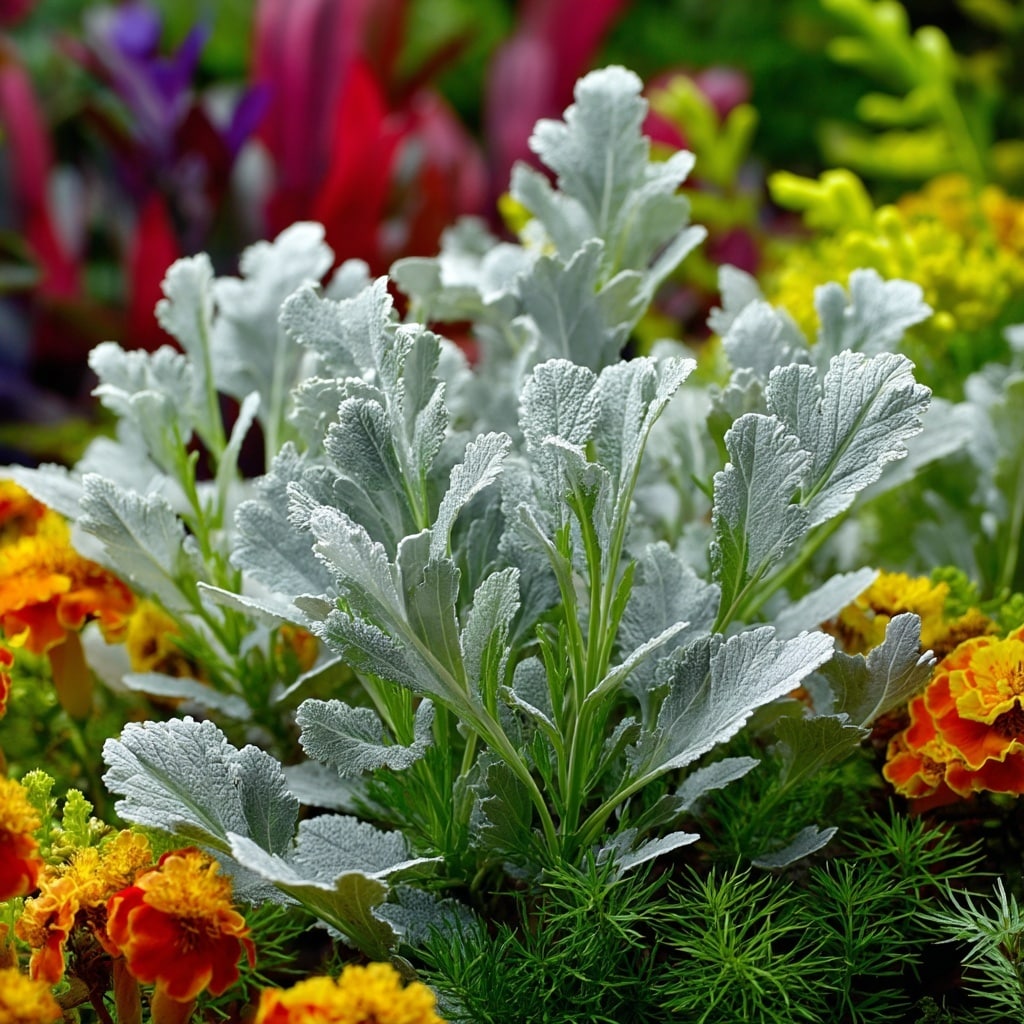
Silvery Foliage That Deer Don’t Find Tasty
Dusty Miller is a striking foliage plant known for its silvery-white leaves that add contrast and texture to gardens and containers. While it doesn’t offer bold flowers, its soft, felt-like leaves make a big visual impact—and more importantly, they’re unappealing to deer. That fuzzy texture plays a big role in its status as one of the more reliable deer resistant plants.
It’s most often grown as an annual in cooler climates but can be a tender perennial in warmer zones. Dusty Miller thrives in full sun and well-draining soil and pairs beautifully with flowering annuals and perennials alike. Use it along borders or as an accent plant in pots where you want a touch of silver without the risk of browsing damage.
11. Angelonia
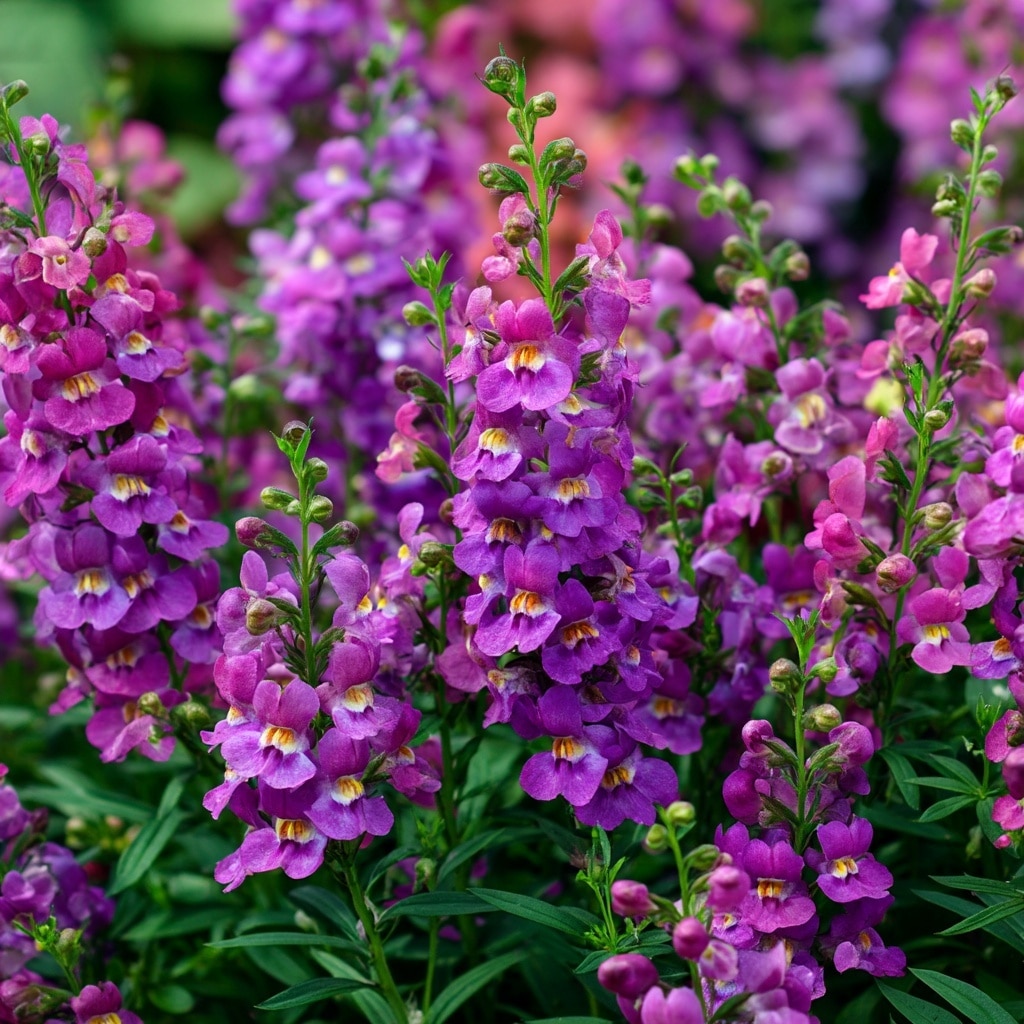
A Long-Blooming Annual That Deer Tend to Ignore
Often referred to as “summer snapdragon,” Angelonia brings continuous color to warm-season gardens with its upright flower spikes in shades of purple, pink, blue, and white. Beyond its beauty, Angelonia earns a spot among the most dependable deer resistant plants thanks to its slightly aromatic foliage and firm stems, which deer typically avoid.
This heat- and humidity-tolerant annual blooms from late spring through fall without much fuss. It’s a favorite for sunny beds, borders, and containers where consistent blooms and tidy growth are desired. Angelonia requires very little deadheading and thrives with minimal care, making it ideal for gardeners who want color without constant maintenance—or deer damage.
12. Marigold

Classic Annuals with a Scent That Deters Deer
Marigolds have been a staple in gardens for generations—and for good reason. Their bright, cheerful blooms bring bold color from early summer to frost, and their strongly scented foliage acts as a natural repellent, making them one of the most well-known deer resistant plants.
These annuals come in shades of orange, yellow, and red, and their compact, bushy form works well in borders, vegetable gardens, and containers. They’re easy to grow from seed or transplants, thrive in full sun, and tolerate a wide range of soils. Gardeners also love using marigolds as companion plants to help deter pests like aphids and nematodes—along with curious deer.
13. Butterfly Bush
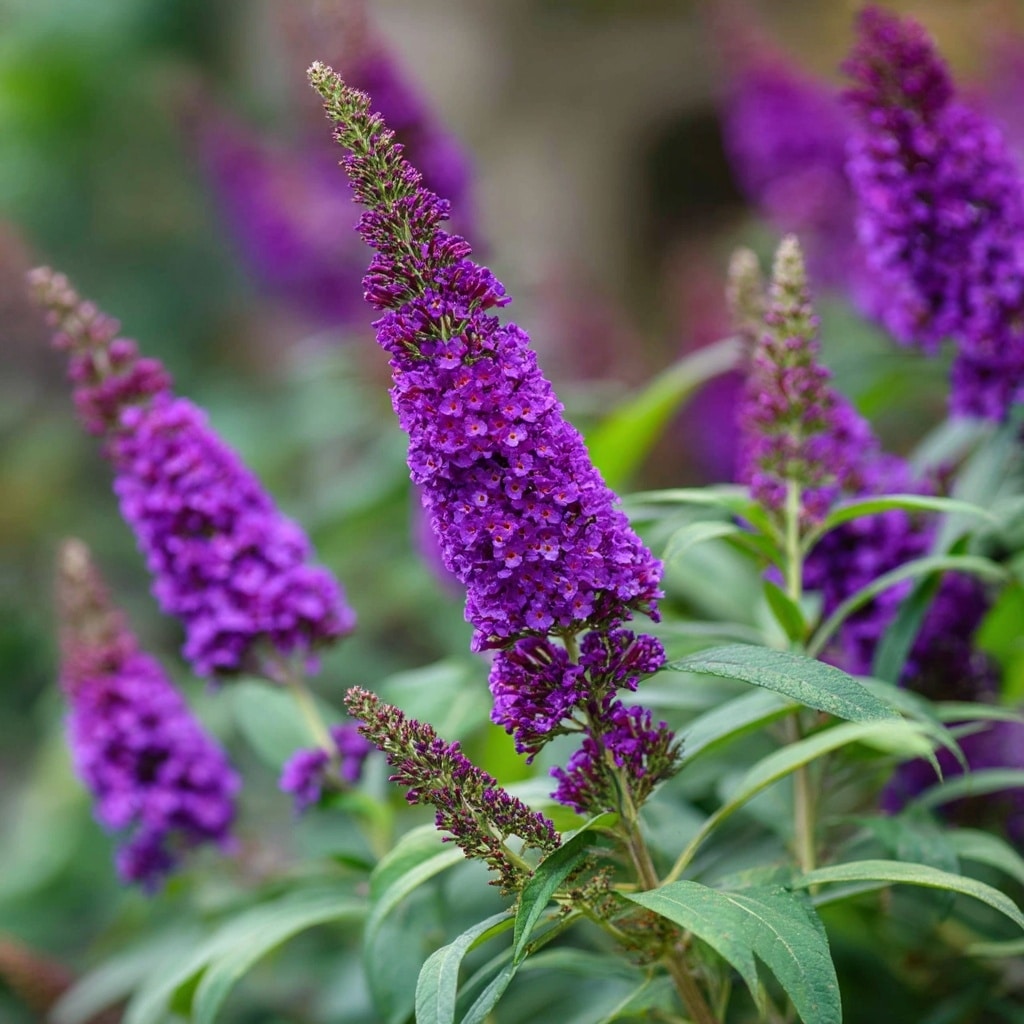
A Pollinator Magnet That Deer Rarely Touch
Butterfly bush, or Buddleia, is a fast-growing shrub that produces long, fragrant flower spikes in shades of purple, pink, blue, and white. True to its name, it attracts butterflies in droves—but it’s far less attractive to deer, which generally leave it alone due to its slightly bitter foliage and strong scent. That makes it an easy pick for gardeners seeking effective deer resistant plants.
Butterfly bush thrives in full sun and well-draining soil and can bloom continuously from summer into fall with regular deadheading. Newer varieties are compact and non-invasive, making them suitable for smaller gardens. Plant one as a vibrant centerpiece or use multiple for a show-stopping border that deer are unlikely to nibble.
14. Sweet Alyssum

Fragrant Groundcover That’s Pretty—But Not Tasty to Deer
Sweet alyssum may look delicate, but this low-growing annual is tough, versatile, and remarkably resistant to deer. Its tiny, honey-scented flowers bloom profusely from spring through fall, creating a soft carpet of white, pink, or purple along borders, pathways, or spilling from containers. Despite its sweetness to pollinators, deer tend to avoid it—likely due to its strong floral fragrance.
This cool-season favorite thrives in full sun to partial shade and can even self-seed in favorable conditions. Sweet alyssum works well as a living mulch or filler between larger plants, adding fragrance and charm without inviting unwanted grazers. It’s a simple, low-maintenance addition to any deer-smart planting plan
15. Lamb’s Ears
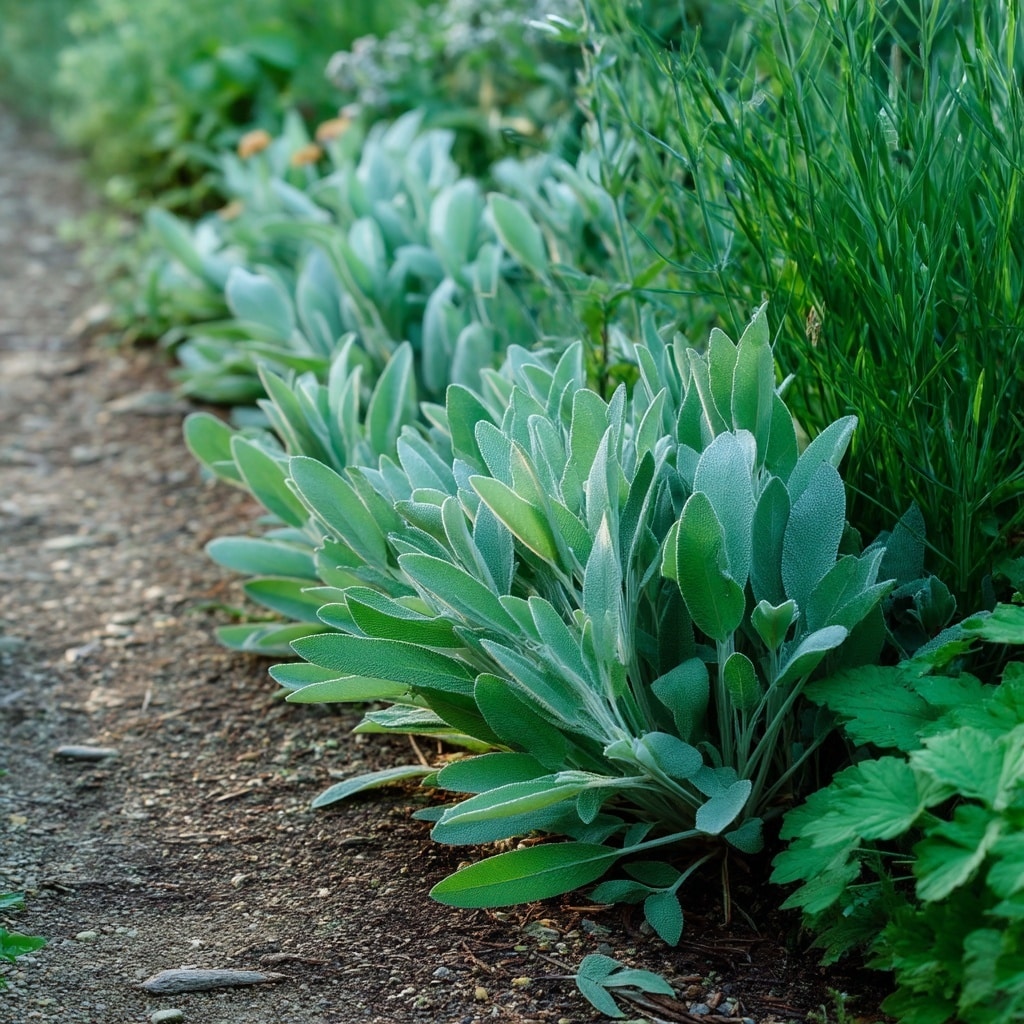
Soft, Fuzzy Leaves That Deer Avoid
Lamb’s ears (Stachys byzantina) are as charming as they are practical. Known for their soft, velvety foliage that resembles—you guessed it—lamb’s ears, these perennials are often used as groundcover or edging plants. Their fuzzy texture and mild aroma make them unappealing to deer, securing their place among the top deer resistant plants.
Lamb’s ears grow best in full sun and well-drained soil, thriving in dry spots where other plants might falter. Their silvery foliage adds contrast to green-dominated beds, and they occasionally produce purple flower spikes in summer. Even when not in bloom, lamb’s ears provide year-round visual interest and reliable resistance to deer browsing.
Conclusion
Dealing with deer in the garden can be frustrating, but you don’t have to sacrifice beauty for protection. By incorporating a thoughtful mix of deer resistant plants, you can create a vibrant, thriving landscape that’s far less likely to become a wildlife buffet. From hardy perennials like lavender and heuchera to colorful annuals like marigolds and lantana, these plants offer color, texture, and peace of mind.
Keep in mind that no plant is completely deer-proof. However, choosing varieties that deer find unpalatable—due to scent, texture, or taste—can make a significant difference. Combine them with other strategies like fencing or scent deterrents for even better results.
For more tips on building a resilient and beautiful garden, browse our related guides on shade-tolerant perennials, low-maintenance landscaping, and pollinator-friendly plants.


